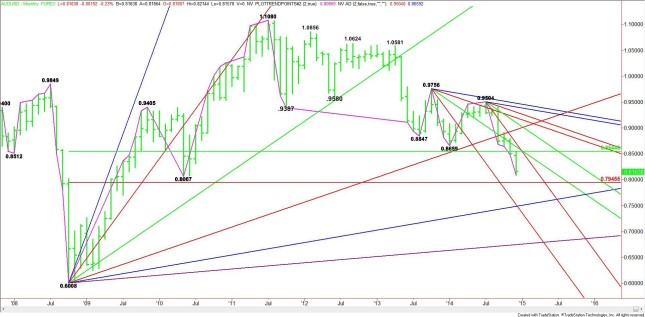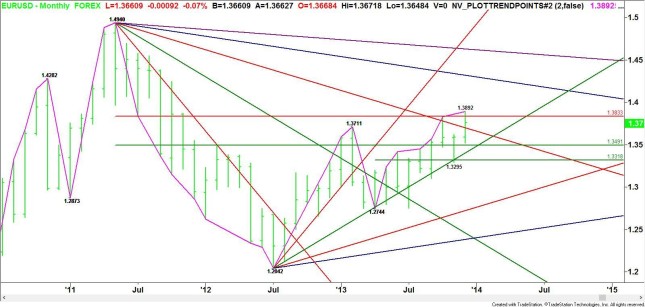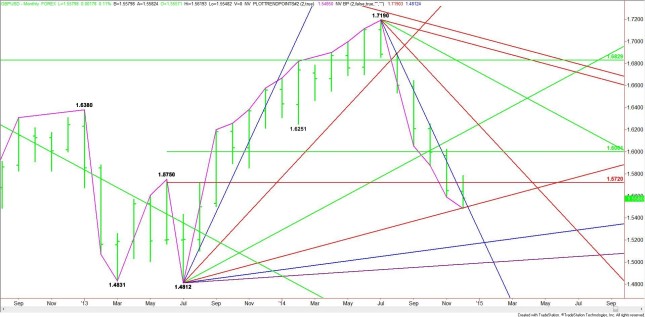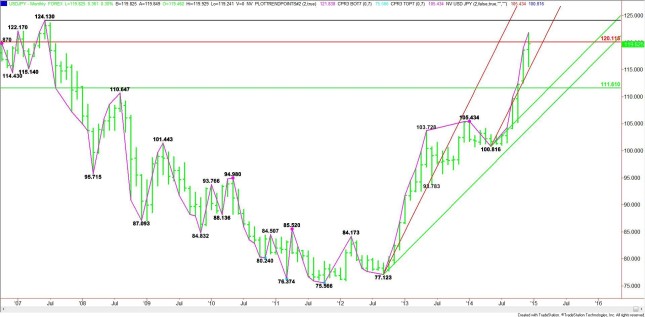Forex Weekly Outlook January 5-9
US ISM non-manufacturing PMI, trade balance, FOMC meeting minutes, Major employment data including the all-important Non-Farm Payrolls report, Rate decision in the UK. These are the main economic releases for this week. Let’s see, in detail, the market movers to impact Forex trading.
Last week, US jobless claims release disappointed with a 17,000 rise in the number of new claims, reaching 298,000. However, the four week moving average inched slightly to 290,750. Furthermore, Consumer confidence, released earlier, rebounded to 92.6 following 91 points in November, indicating consumers are more confident at year-end than they were at the beginning of the year. The present situation index reached its highest level since February 2008. Economists expected sentiment to reach a higher reading of 94.6. Will the US economy continue its positive trend in 2015?
- US ISM Non-Manufacturing PMI: Tuesday. 15:00. Non-manufacturing Purchasing Managers Index rebounded in November after two straight months of declines. The Index increased to 59.3 beating forecasts of 57.5. 14 industries out of the 18 surveyed reported expansion. Non-manufacturing PMI is expected to reach 58.2 in December.
- US ADP Non-Farm Employment Change: Wednesday, 13:15. U.S. private sector added 208,000 workers in November following 230,000 jobs gain in the previous month, indicating the slowdown in global economy does not impact US domestic activity. The ongoing improvement in the labor market leads to faster wage growth. A Labor Department report showed compensation per hour increased 1.3% in the third quarter rather than the 2.3% reported in the previous month, and declined 0.9% instead of the expected 2.3% rise. ADP job gain is expected to reach 227,000 in December.
- US Trade Balance: Wednesday, 13:30. The U.S. trade deficit contracted less than expected in October reaching $43.03 billion. Lower crude oil prices had limited impact. Imports jumped 0.9%, reaching $241 billion, while exports increased 1.2% to $197.5 billion, indicating the economy was is resistant to the slowdown in global demand. Economists forecasted a deficit of $41.3 billion. Exports to the European Union increased 8.5 percent, while China saw a 36 percent jump in the value of goods it imported from the United States. Exports to Japan rose 4.0 percent, while those to Canada and Mexico – the main U.S. trading partners – reached record highs. Sustained dollar strength, however, is expected to undercut export growth in the months ahead. Imports from China hit an all-time high, leaving the politically sensitive trade gap at $32.6 billion. U.S. trade deficit is predicted to narrow to 42.3.
- US FOMC Meeting Minutes: Wednesday, 19:00. The Federal Reserve minutes from November showed some members were concerned about the moderate pace of inflation, despite the strengthening trend in the job market. Policy makers projected a weaker economic outlook and increased downside risks in Europe, China, and Japan.
- UK rate decision: Thursday, 12:00. The Bank of England kept its key interest rate at a record low of 0.50% amid weak inflation threatening economic growth. Policy makers also voted to maintain cash stimulus at £375 billion. Britain’s 12-month Consumer Price Index (CPI) rate increased to 1.3% in October from a five-year low of 1.2 percent in September, but remained far below the BoE’s government goal of 2.0%. No change in rates is expected this time.
- US Unemployment Claims: Thursday, 13:30. The number of Americans filings initial claims for unemployment benefits in the U.S. increased last week by 17,000 to a seasonally adjusted 298,000, beating market forecast. This was the highest figure since November 22 topping analysts’ predictions for a 287,000 reading. The four-week moving average, a less volatile measure, climbed to 290,750. The number of claims is expected to reach 291,000 this week.
- Canadian employment data: Friday, 13:30. Canada’s job market had a temporary setback in November, contracting 10,700 jobs which nudged the unemployment rate slightly to 6.6%. However, despite the disappointing release, the general trend is positive showing a 146,000 job increase in the last 12 months. The majority of job addition in the last few months are in full time employment. Canadian economy is expected to expand in 2015 particularly if the US economy continues to strengthen. Canada’s job market is expected to add 10,300 positions while the unemployment rate is expected to remain at 6.6%.
- US Non-Farm Employment Change and Unemployment Rate: Friday, 13:30. The US labor expected more than expected in November, surging by 321,000 jobs after adding 243,000 on October. This was the biggest jump in employment since January 2012, reaching a12 month average of 224,000. Economists expected a gain of 231,000 positions, however wage growth was still rather weak. The unemployment rate for November was 5.8%, unchanged from October’s reading in line with market forecast. The report also said that the labor force participation rate was unchanged at 62.8%. Us labor market is forecasted to expand by 241,000 while the unemployment rate is expected to decline to 5.7%.


 LinkBack URL
LinkBack URL About LinkBacks
About LinkBacks





 Reply With Quote
Reply With Quote






Bookmarks